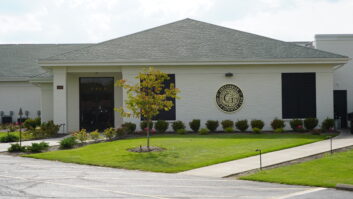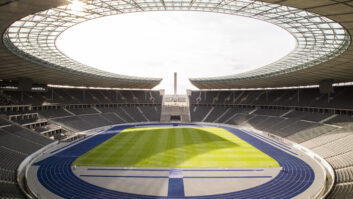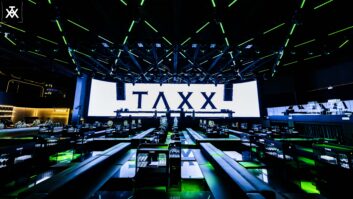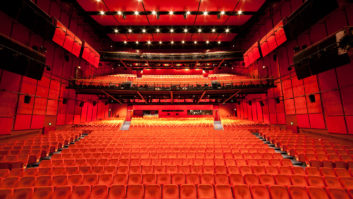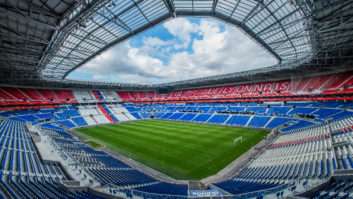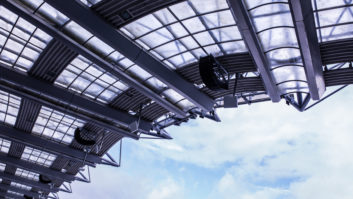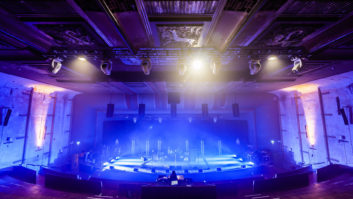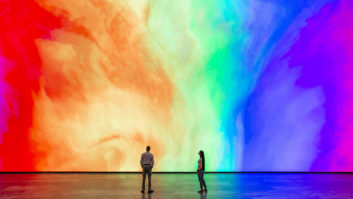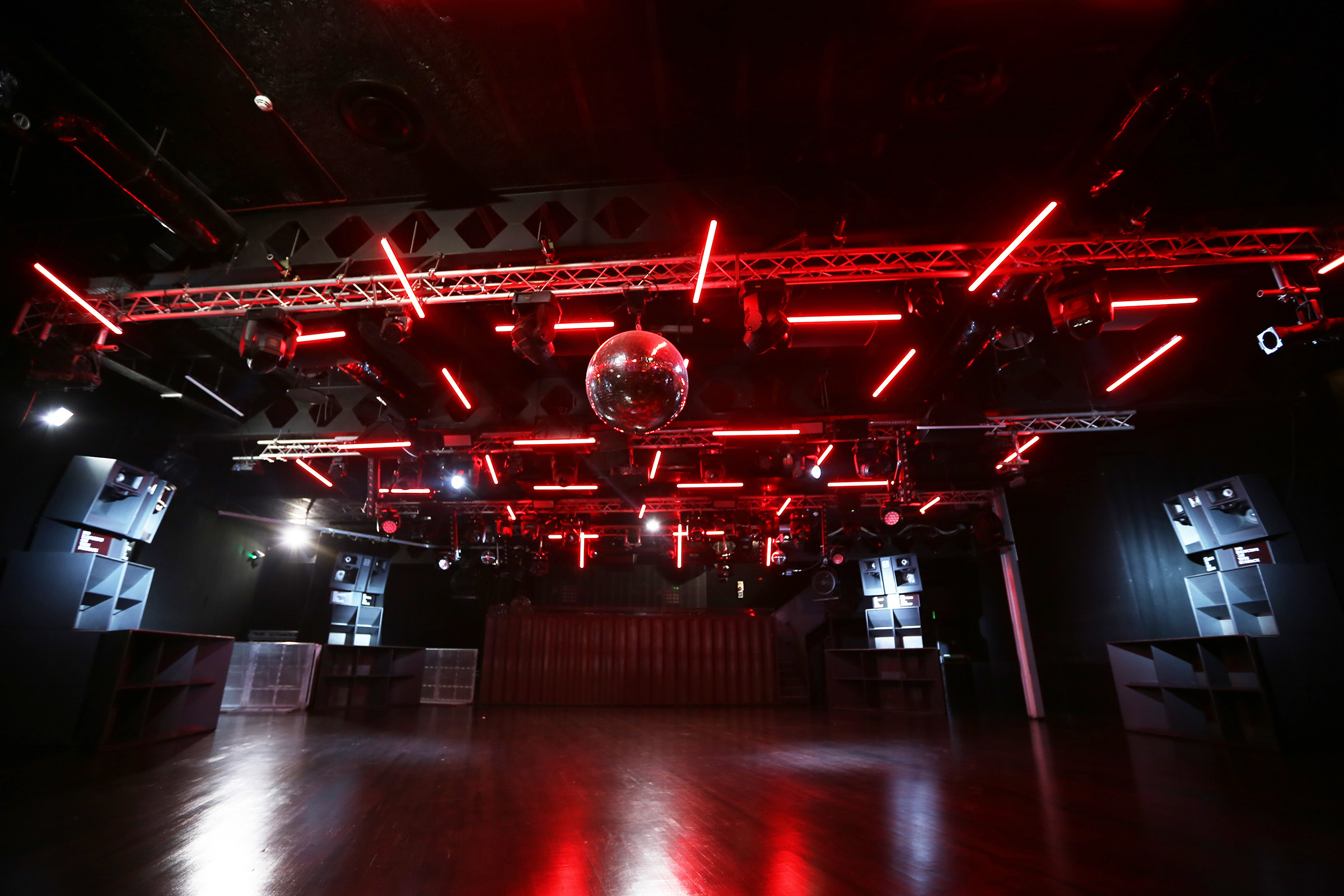
Previously we looked into the clubland trend of venues installing immersive systems and asked whether it is set for mass adoption or marginal use. Here we reveal the importance of systems being flexible enough to suit diverse applications, writes David Davies.
Quite apart from multichannel mixing, it is evident that optimising immersive audio for clubs entails a not insignificant learning curve. The implications for the acoustical environment and the issue of how much sound around and above the clubgoer makes for a pleasant, long-term experience will need to be understood carefully by both venue owners and designers.
In the shorter-term, however, it is likely that many clubs – especially in the problematic European market – may have other things on their mind. Martin Audio R&D director Jason Baird summarised some of these key issues when he spoke to Installation sister magazine Audio Media International last autumn.
“Pressure from more flexible licensing hours and the late night bar scene has forced the club market to look for ways to increase their usage, towards the holy grail of seven days a week operation,” he said. “The knock-on effect for club sound is that it has to be more flexible. The weekends may still see the traditional club nights but in the weekday evenings, it is now more common to see live acts on the bill too. Add to that the possibility for corporate hire during the daytime (if the venue is kept to a high standard) and the modern club’s business model starts to become viable.”
The ability to optimise a club audio system for different applications means that flexibility of (re)configuration is now high on the agenda. In this regard, Baird is able to point to the Martin Audio MLA (Multi-cellular Line Array) system’s capability to “allow electronic configuration of coverage patterns and SPL profiles across the venue, which can be adjusted to suit different applications”.
Noise limitation issues are inevitably important as clubs work to accommodate other user groups. Francesco Maffei is product specialist at K-array, whose latest launches include the Concert Series KH2, KH3 and KH5 loudspeakers with digital steering capabilities. “Multipurpose venues and concept clubs where the dancefloor shares the same space as a restaurant, lounge or retail space have been on the rise, as well as regulations set up to protect bordering facilities and surrounding residential communities from sound pollution. Today’s most common request from clients is to reduce as much sound emission as possible outside the dance floor,” he says.
Ken Berger, CEO of VUE Audiotechnik confirms the demand for multipurpose systems. “The dance club market has always been sort of the Formula One of the sound business where concepts are tested that may or may not be practical in larger or broader applications,” he says. “The trend today is starting to move in the opposite direction with more general-purpose systems (typically smaller line arrays) finding more applications in clubs over the more traditional large horn-loaded systems – [although] of course you can probably find examples of both old and new trends as dance clubs tend to be very individualistic in design.”
For Funktion-One founder Tony Andrews: “In terms of expectation the one thing that continuously seems to increase is the need for lower and lower frequencies. Generally the desire for good sound quality slowly moves forward with awareness creeping in about everything from quality of source material to room treatment.” Along these lines he points to the Prolight + Sound introduction of the F132, a 32-in horn-loaded bass enclosure which uses the Powersoft M Force linear motor coupled with some of Funktion-One’s aerospace cone technology.
With venues needing to adapt to different applications and clientele, it also follows that more flexible signal distribution and processing are increasingly de rigeur. By contrast, adoption of immersive audio may be a more limited pursuit – and one that takes place over an extended period. But it should also be perceived in the context of “healthy competition and the evolution in general of the pro-audio industry,” as Maffei puts it. “Manufacturers should continue to always strive to improve upon a client’s sound experience and proactively find ways to anticipate client needs. As long as there is something better on the market, clubs will continue their quest for the best – regardless of their size.”
www.funktion-one.com
www.k-array.com
www.martin-audio.com
www.vueaudio.com
